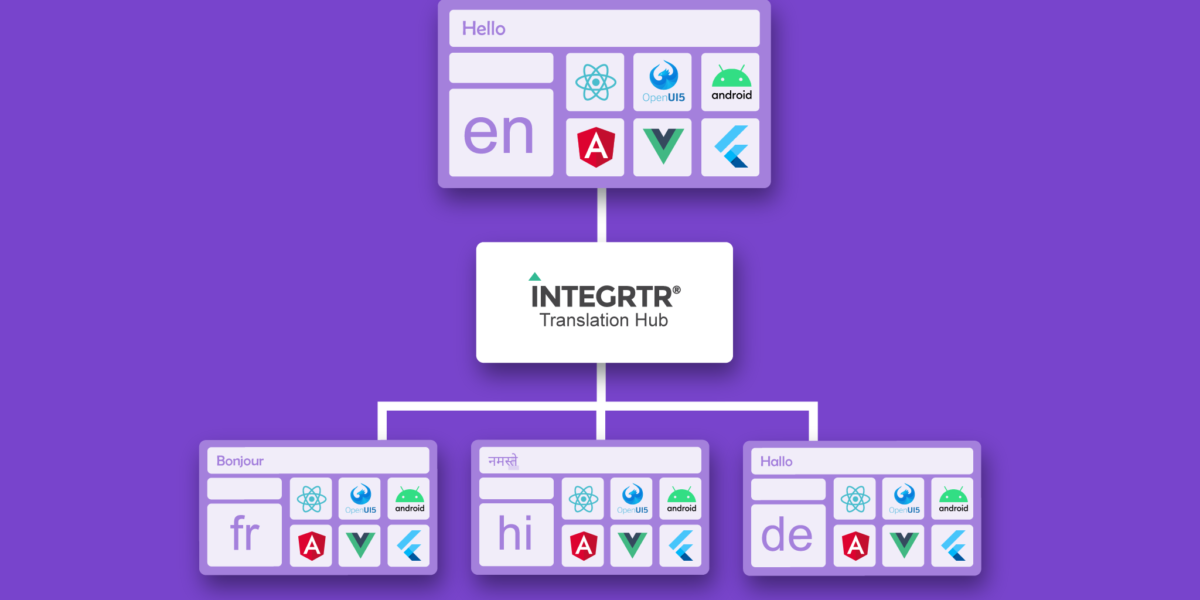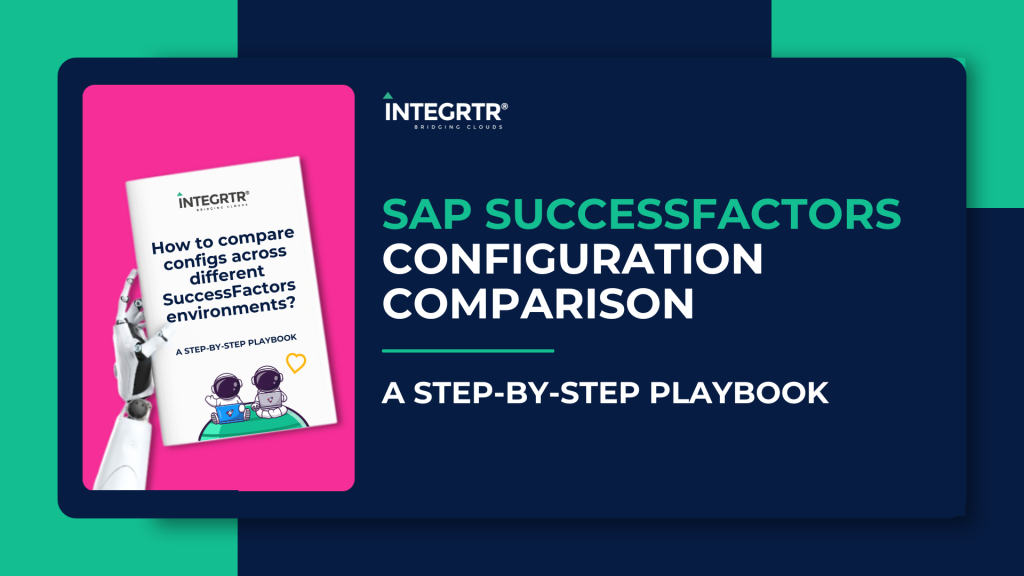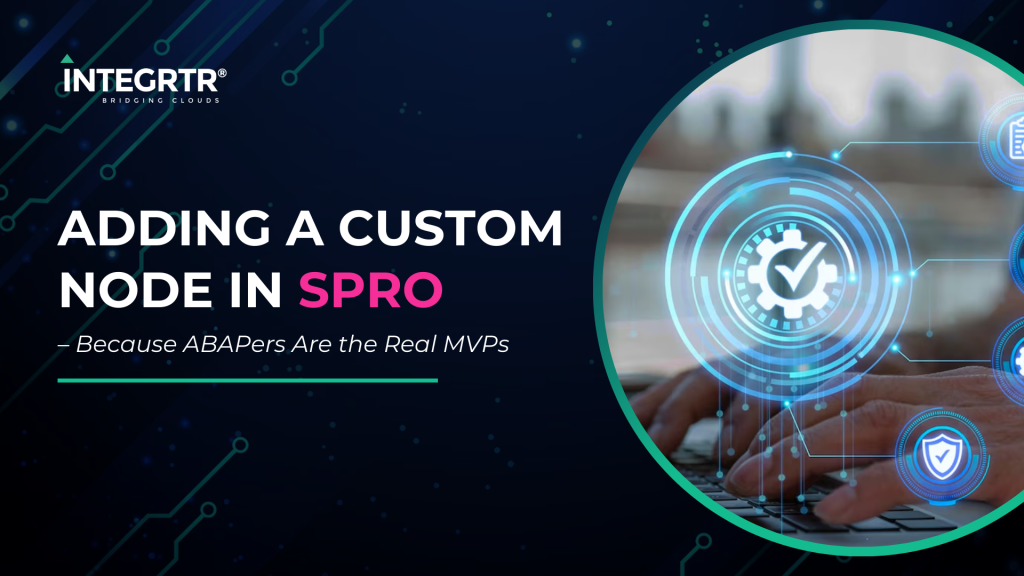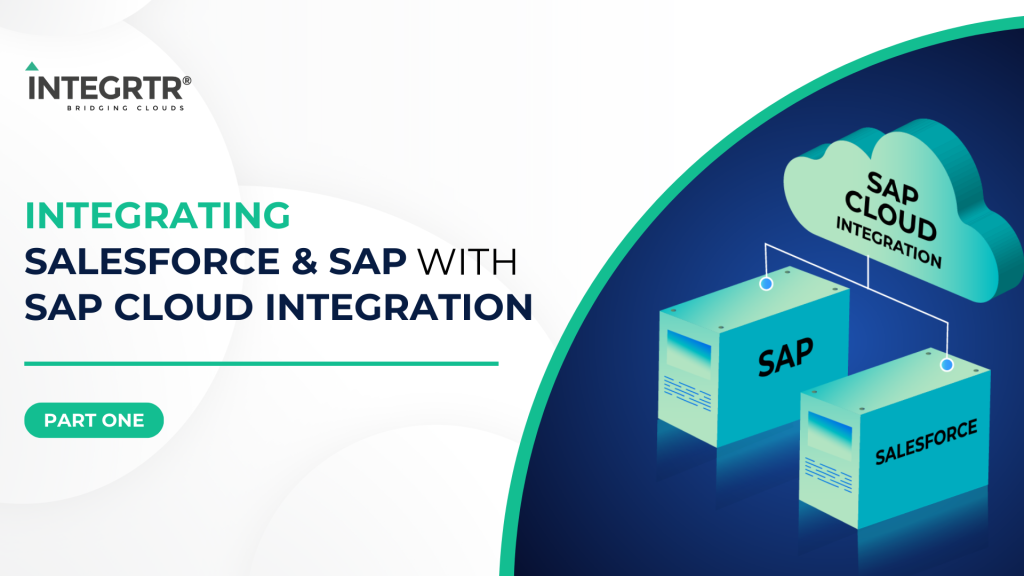“We live in unusual times” – Ironically, this might be one of the most common statements of this year! 🙂
It’s a time when humans actively plan trips to outer-space, but have travel restrictions to visit neighboring countries.
A time when organizations that boasted of some of the best offices in the world are giving permanent WFH options to their employees.
It’s also a time when the world is more global than ever, but also a world where hyper-local is one of the biggest themes.
So, how do you build technology solutions for such a global yet local world?
Well, there are many things to consider. In this short article, I will be covering one of them – multi-lingual support.
Relevance in today’s world
There are two main ways people perceive the world currently; as a global citizen or a local one. Many a times this viewpoint even changes based on the kind of activity people are involved in. Irrespective of which side your audience is, the right language will be an important factor to reach them.
While English has become the default language of programming world, it’s still not the default language for end users that consume their technology solutions. Hence, the onus of ensuring that technology enables everyone & that the right information is available to not just a limited few is somewhat on this developer community.
“We tend to look through language and not realize how much power language has.” – Deborah Tannen
As someone who lives in a country with one of the highest linguistic diversity in the world, I could not agree more. A simple mapping activity few weeks back, made us realize that we speak close to 10 (local & international) languages just amongst our small team!
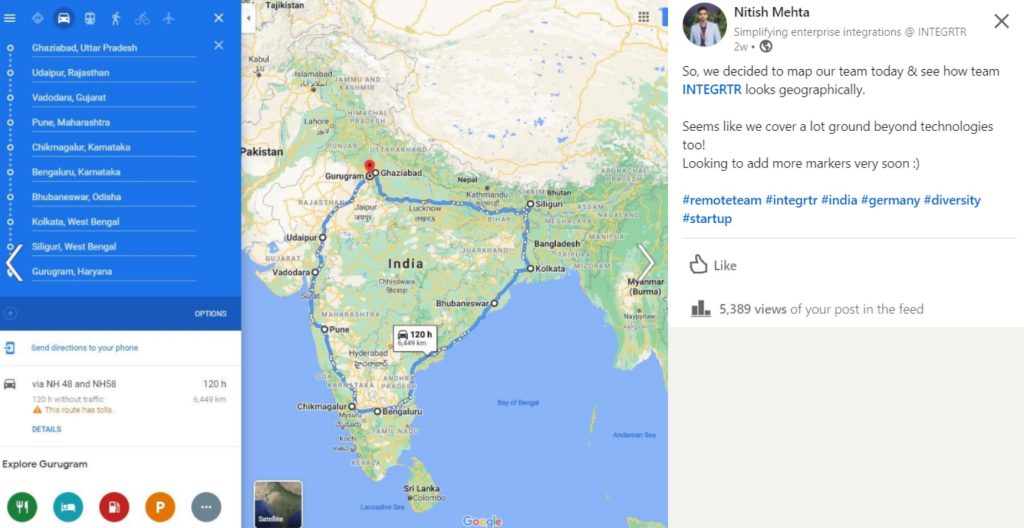
While everyone in our team has the liberty of using ‘English’ as our common communication medium, it’s not entirely true for the users of applications we build.
Making Multi-Lingual Support Easier
Set out with this problem in mind, our development team at INTEGRTR decided to build a solution that makes it easy for us to translate all our applications to any language. The result was more pleasing than expected:
A solution that’s both developer-friendly & non-technical user friendly.
While our development team loves using its integrated GitHub workflows and automated translations to provide the initial support, its collaborative features allow them to invite anyone (= language experts) to provide the much needed accuracy.
The result? We’ve been using the solution in-house to translate almost anything we build !
From COVID-19 educational apps for Indian audiences,

to mini games just for fun
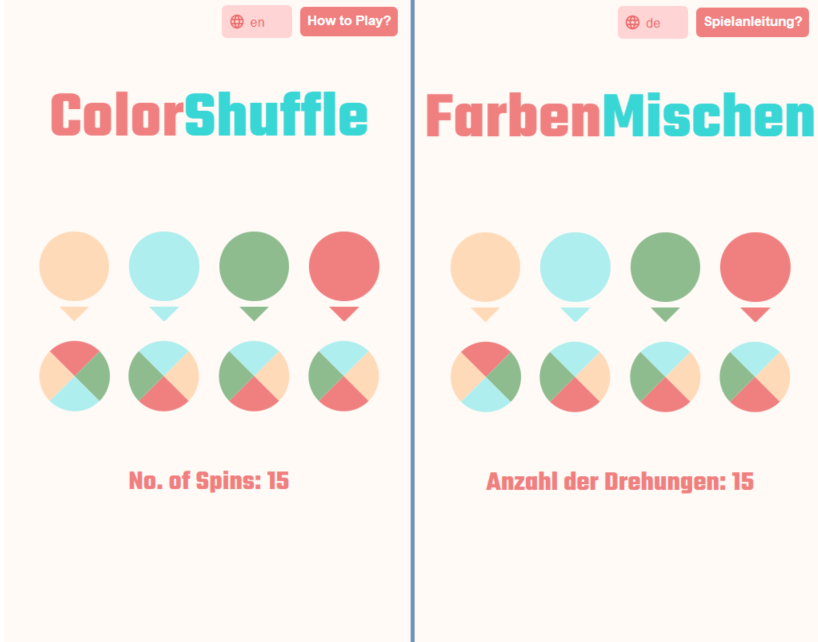
and of course, our enterprise technology platform 🙂
After testing it sufficiently for our internal projects across different languages like ReactJS, OpenUI5, and more, we decided to make it available for free public usage. Head over to INTEGRTR Translation Hub to sign up for a free account and try it for your apps.
Let’s not let language be a barrier for technology adoption.
What’s next?
As I shared in the beginning of this post, multi-lingual support is just one of the many aspect of internationalization / localization support for an application. It is nonetheless, a key starting point.
If you are looking to truly target such an audience via your tech solutions , do explore aspects of currency, date-time format and much more.

